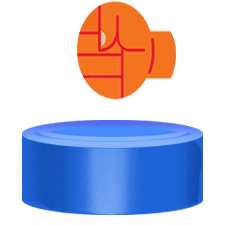Install Steam
login
|
language
简体中文 (Simplified Chinese)
繁體中文 (Traditional Chinese)
日本語 (Japanese)
한국어 (Korean)
ไทย (Thai)
Български (Bulgarian)
Čeština (Czech)
Dansk (Danish)
Deutsch (German)
Español - España (Spanish - Spain)
Español - Latinoamérica (Spanish - Latin America)
Ελληνικά (Greek)
Français (French)
Italiano (Italian)
Bahasa Indonesia (Indonesian)
Magyar (Hungarian)
Nederlands (Dutch)
Norsk (Norwegian)
Polski (Polish)
Português (Portuguese - Portugal)
Português - Brasil (Portuguese - Brazil)
Română (Romanian)
Русский (Russian)
Suomi (Finnish)
Svenska (Swedish)
Türkçe (Turkish)
Tiếng Việt (Vietnamese)
Українська (Ukrainian)
Report a translation problem





















X=9
Y=10
It provides the same composite output as a seat does. A processor can then give outputs like the seat does.
You can then use some 'onoff' (toggle button, seat occupied) in a switchbox in the same processor block to set which composite (from seat, from antenna) it should read from.
Once you're directing it through a processor you can easily start crossing the outputs, e.g. give less power to the inside wheel of a turn, use a toggle to lessen inputs for fine maneuvering, etc.
A decent guide would have started with referring to the seat's composite output, rather than make a list of "channels" (that word is already used for radio channel, so causes confusion) that also conflate the numbers and booleans ('onoffs').